AI Be with You: Fascinating Examples of AI in Everyday Life
You may have been reading a lot about artificial intelligence that powers next-generation robots or self-driving cars. That’s why every time you hear about AI, you think about developments that only big tech giants are working on, not simple things like Amazon product recommendations or Google search. Yet, the reality is artificial intelligence has quietly become so pervasive that we face examples of AI in everyday life almost non-stop when using technology. Think we’re exaggerating?
As an AI development company, we see how artificial intelligence is affecting our decisions and even lifestyles every day. Don’t believe us? Then, read our article, which shares 20 examples of AI used in everyday life.

We provide companies with senior tech talent and product development expertise to build world-class software. Let's talk about how we can help you.
Contact usTable of Contents
Brief Overview of AI in Everyday Life
Not so long ago, artificial intelligence was a thing of science fiction. Just like spaceship captains who relied on this technology for navigation and performing various tasks, today, we use it to solve our routine problems. So, in some way, we’re all spaceship captains.
Nowadays, when using OpenAI ChatGPT (or at least knowing about it) on a daily basis is a norm, it’s hard to trace back how AI-enabled solutions started to gradually penetrate our daily lives. So, whether realizing it or not, we engage with artificial intelligence very often – to read web pages in other languages, to find the quickest way from our workplace to home, and for dozens of other objectives. AI touches every area of our professional and personal online lives, from examples of AI in accounting to online shopping, it makes things faster and easier for everyone.
Examples of AI in Everyday Life
Artificial intelligence technology has many forms. It can be embodied as a part of hardware, think of industrial robots, IoT smart devices, fitness trackers, and autonomous vehicles. But the largest part of creative AI examples that we use each day comes in the form of software. It includes chatbots, navigational apps, spam filters in email, and a great number of other examples of AI in everyday life that we are going to review below.
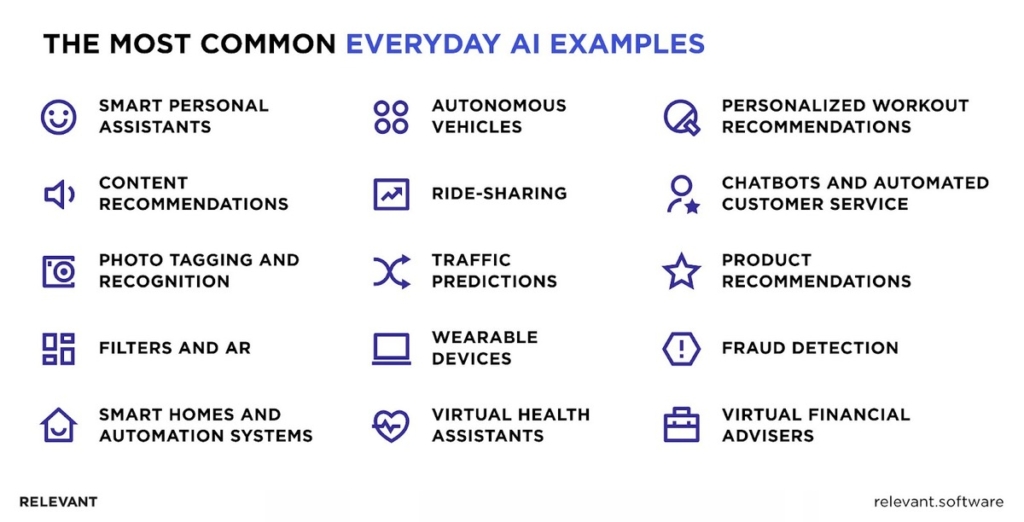
Smart Personal Assistants
It can seem difficult to imagine our lives without smartphones. We regularly use more than 10 applications that become integral for completing our daily activities, whether it’s scheduling appointments or tracking fitness goals. Many of these apps are powered by artificial intelligence.
Siri, Alexa, and Google Assistant
Long before we started using ChatGPT, we already had artificial intelligence in our hands –
digital assistants. Cortana, Alexa, Siri, and Google Assistant are the most recognizable examples of AI in everyday life. While they automated some basic tasks, such as note-taking or setting reminders, teaching them to recognize your voice and speech particularities took some time. Today, personal assistants use machine learning (ML) and natural language processing (NLP) technologies to understand verbal commands and learn from your interactions with them. These tools quickly became our can’t-live-without ally that can do for us a lot of things:
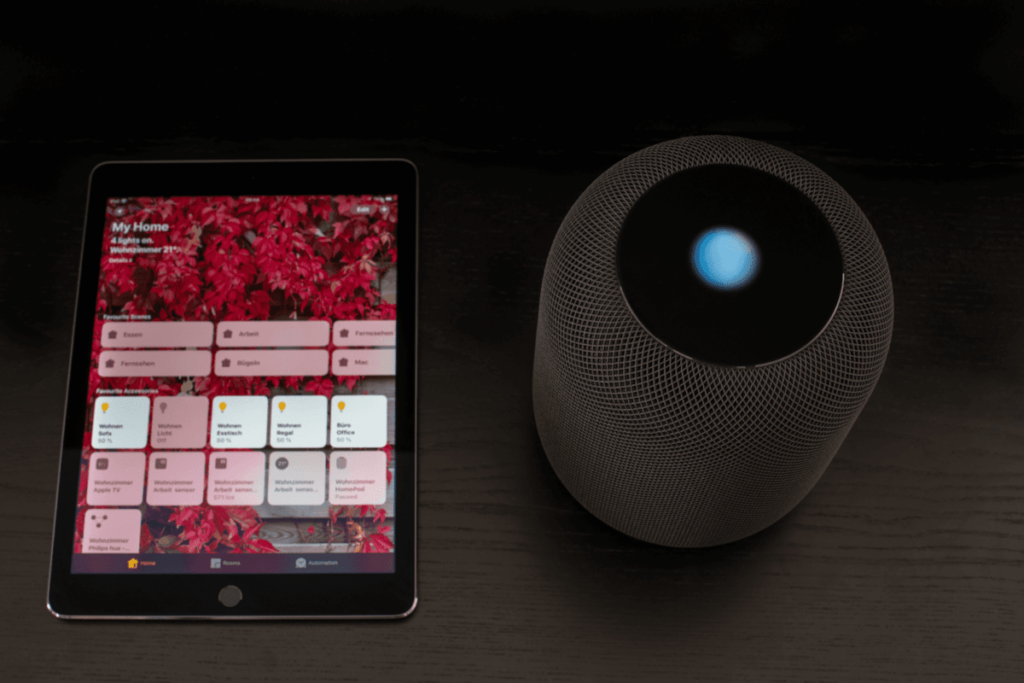
- Create a to-do list
- Set alarms and reminders
- Manage calendar
- Take notes
- Call contacts
- Type texts and emails
- Run internet searches
- Inquire about the weather
- Play music
- Get directions to your lunch spot
Personal recommendations
Ever wondered why the things recommended to you when you want to shop online or listen to music are often related to your recent search? Artificial intelligence plays a major role here. Thanks to the searches you make and the content you interact with, recommendation engines learn your preferences and give suggestions for things you might want to buy or listen to.
Spotify’s Discover Weekly playlist is a good example of this technology in action. Spotify uses AI-based features like Enhance to add songs of the same genre you have in your playlist. Amazon, with its product recommendations, is another way a lot of people meet artificial intelligence regularly. Based on your purchasing history or after adding an item to the cart, you’ll get suggestions on products you might like.
Social Media and Entertainment
With nearly 5 billion social media users worldwide who spend about 5 hours a day on platforms like Facebook, YouTube, and Instagram, we can safely say that these are the most ubiquitous examples of AI in everyday life. On the lookout for delivering more personalized experiences, social media platforms find artificial intelligence highly valuable for this purpose.
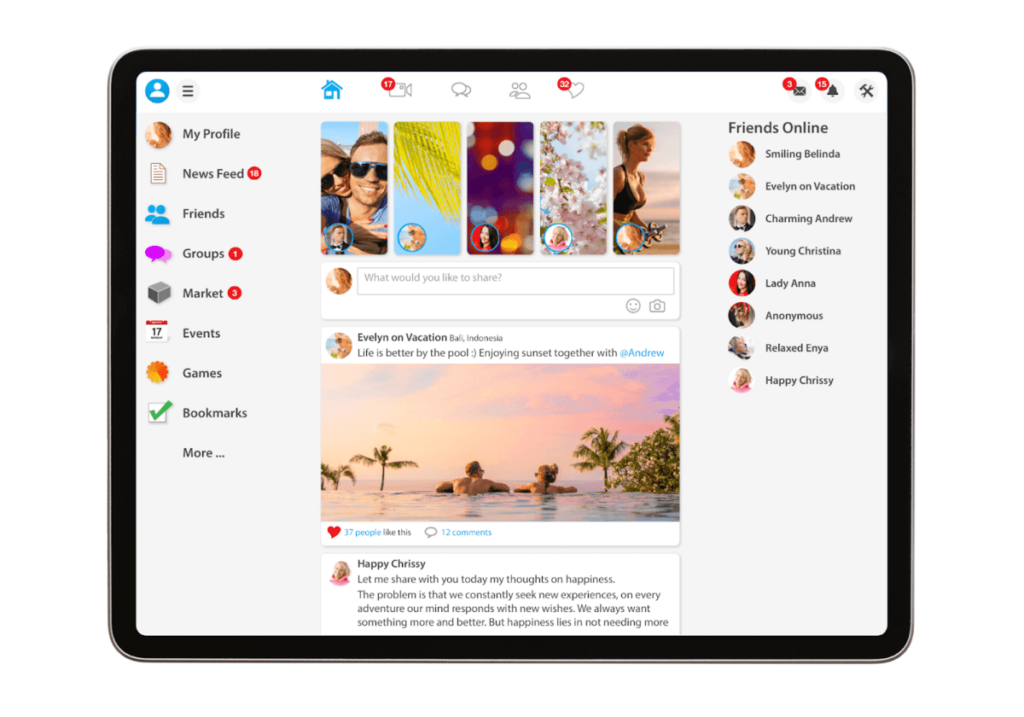
When you see an ad for virtual reality glasses on Instagram soon after you have discussed your recent trip to the VR escape room with your friend or searched for VR adventures are notable AI in advertising examples. By tracking your behavior, likes, web searches, and video watches, you get customized content and materials on your feeds that you’re likely to be engaged with. That’s the reason why we spend so much time on social media platforms and why they are so addictive that you come back over and over again. Let’s also consider other everyday examples of artificial intelligence in this field.
Content recommendations
YouTube is the most popular video-first social media platform in the world, and for a good reason. First, there is the almighty ML algorithm that studies all your data (shares, likes, comments) and behavior to know exactly what videos you enjoyed in the past to predict the most relevant video for each user to keep them engaged and entertained for all time. In fact, 70% of videos we’re watching on YouTube are driven by ML algorithms. Beyond personalization, artificial intelligence here helps filter inappropriate content.
The same story is with Netflix and other streaming services many of us turn to at the end of the day. Their recommendation engines take into account actors, genres, time periods, and hundreds of other metrics to offer suggestions you will mostly like. So, it’s AI work behind most of the content we consume.
Photo tagging and recognition
Remember the days of manually tagging every person in a group photo? Or painstakingly searching for specific pictures by keyword? Thanks to artificial intelligence, automatic photo tagging became possible.
Deep learning algorithms, like the ones used by Facebook and Google Photos, analyze faces and objects in your photos and suggest names based on your friend lists and previous tags. This saves time and improves accuracy, especially for group photos. Search for images without keywords and memories with collages based on events and people are other artificial intelligence examples that understand the content, not just captions.
Filters and Augmented Reality (AR)
Ever tried rabbit ears or dog noses on Instagram? These filters use facial recognition technology powered by AI to add creative effects to your videos and photos. Trained on huge datasets of faces, it understands your facial expressions and movements, making filters react accordingly. So, when you smile, your virtual cat whiskers might twitch, or your dog nose might wiggle in sync with your laughter. These are fun and interactive examples of AI in everyday life many people enjoy.
AR takes filter technology a step further. It overlays digital elements onto the real world through your phone’s camera. In combination with AI, AR allows you to try on virtual makeup shades before buying them, explore historical landmarks through your phone screen, or even interact with animated characters in your living room.
Smart Homes and IoT
Our houses are becoming more and more smart. As you may guess, artificial intelligence is a key enabler of this smart transformation, but IoT also plays a major role here. Together, these technologies make our homes more comfortable, secure, and convenient, requiring minimal human interference to operate.
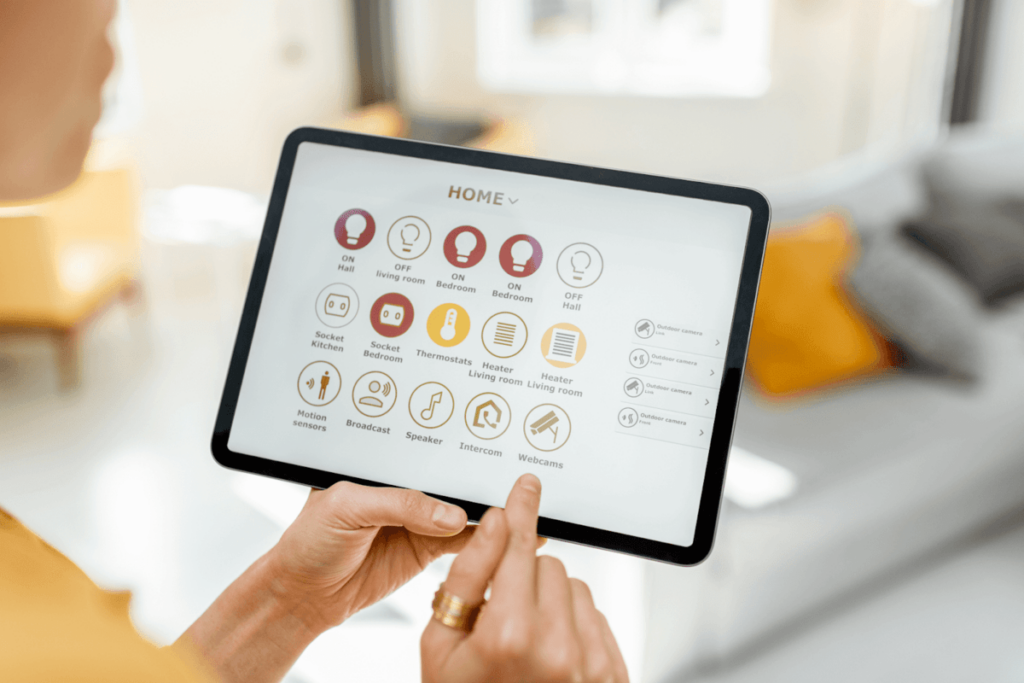
Home automation systems
Nowadays, a lot of us have “smart” thermostats, which remember our schedules and preferred levels of heating and cooling so they can set the ideal temperature to our preferred setting before we get home. Similarly, smart lighting systems illuminate your home at your command, whether through voice control, smartphone apps, or even automated schedules. Home security systems also get an upgrade with AI-powered cameras and sensors that can differentiate between a harmless pet and a potential intruder, sending you real-time alerts and even activating deterrents like sirens or lights. All these systems are examples of AI in everyday life of millions of people today.
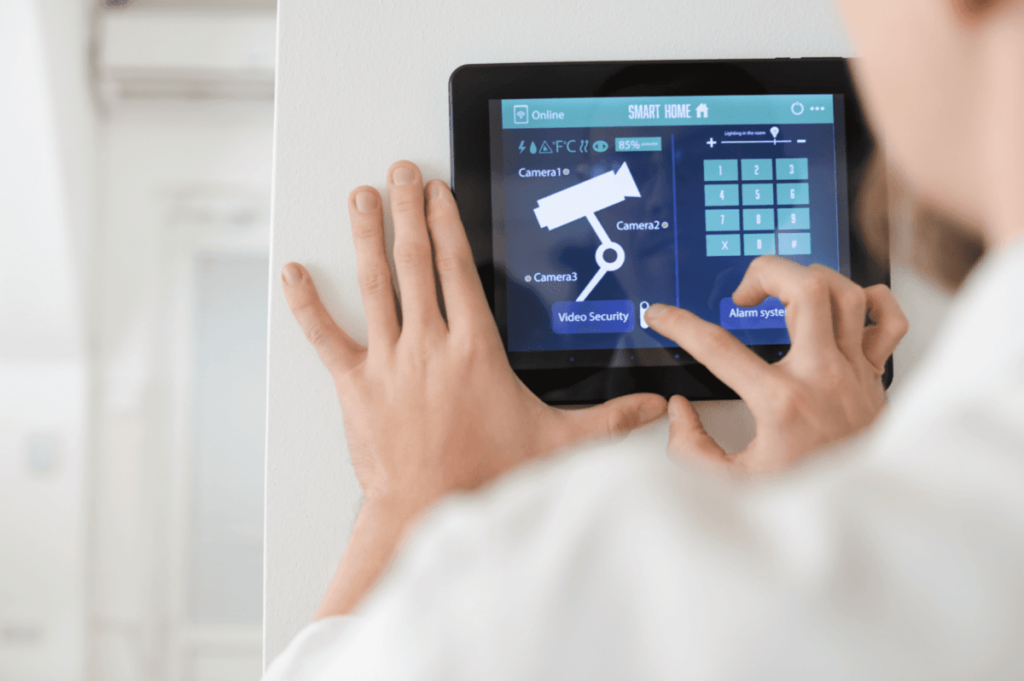
Smart appliances
If there’s a chore you don’t want to do, there is probably a smart device out there that can accomplish that task for you. So far, we’ve seen AI-driven devices, such as:
- Refrigerators that track contents, suggest recipes based on what’s on hand, and even alert you when it’s time to restock,
- Ovens that adjust cooking times and temperatures based on the food you’re preparing, ensuring perfect results every time,
- Washing machines that personalize washing cycles based on the type and weight of your clothes, ensuring optimal cleaning and care for each garment.
Beyond convenience, in-built AI can help us reduce food waste by optimizing storage and suggesting timely consumption. It can even personalize cooking based on dietary restrictions or specific health goals. So, more smart appliances are yet to come.
Energy consumption optimization
From learning our habits to anticipating our needs, AI-powered systems are optimizing energy use, saving us money, and reducing our environmental footprint. Smart thermostat knows when you’re leaving for work and automatically adjusts the temperature for optimal comfort and minimal energy use. Smart refrigerators minimize wasted energy and food spoilage. Smart lighting systems illuminate rooms only when needed. Thus, by optimizing energy use across various appliances and systems, AI translates to real financial savings.
Transportation and Mobility
Another area where artificial intelligence is increasing its presence is transportation. From optimizing traffic flow to lowering congestion, examples of AI in everyday life are increasing daily.
Autonomous vehicles
Although everyone has heard of Tesla’s self-driving vehicles, many car manufacturers are investing in the AI software development of autonomous cars these days. Relying on cameras, sensors, and AI in transportation systems, these vehicles can drive themselves to lower the number of accidents and hitches related to parking. More than that, since cars are interconnected and can optimize routes, traffic jams would also be a thing of the past. By the way, understanding the decisions made by autonomous cars that help improve safety and reliability are explainable AI examples that find more and more applications today.
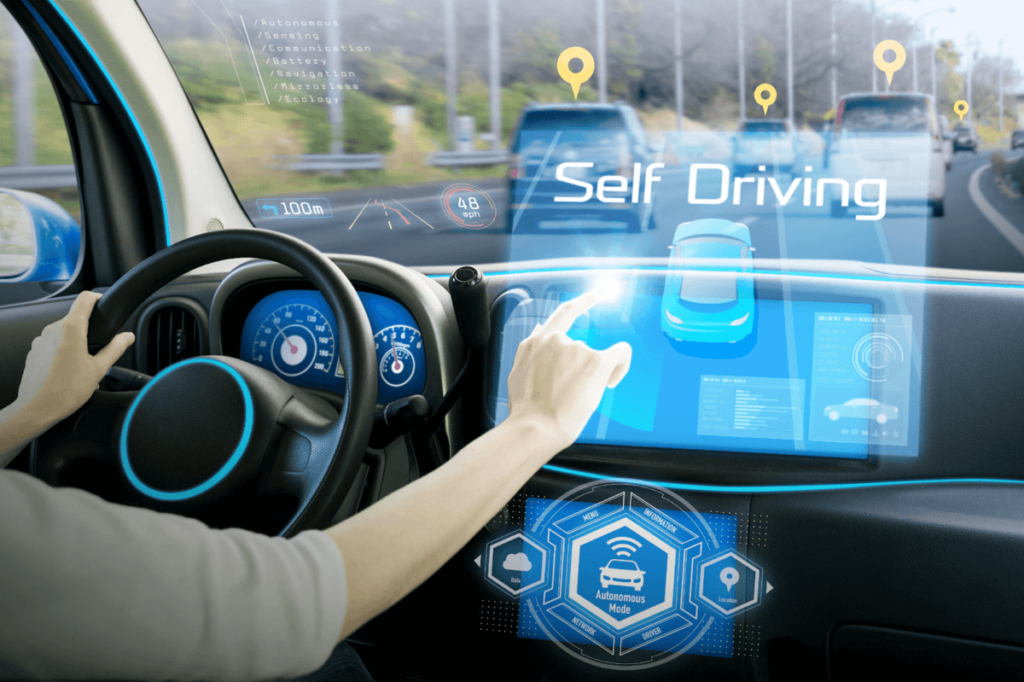
Ride-sharing algorithms
Ride-sharing apps like Lyft and Uber provide us with vehicles nearly every time we need one. Yet, we usually don’t realize AI programs that operate on them. We often get a notification to grab a taxi before leaving the office. But how do these apps determine when we need one? Due to deep learning technology, they learn about your routine behavior to make predictions about your needs.
Pricing and estimated arrival times (ETAs) are other intricacies powered by AI. Pricing dynamically adjusts based on factors like demand, location, and ride characteristics. ETAs take into account live traffic, driver behavior, and even potential disruptions to provide extremely accurate estimations.
Traffic prediction
Navigation apps like Google Maps and Waze have been using artificial intelligence for years to provide you with the fastest possible route, considering different factors that can influence commuting time. AI has made a process called routing, which aims to find the shortest way between two points more accurately and efficiently. That’s why Google Maps can predict traffic jams, build alternative routes if necessary, tell you about closed roads, and anything else you should be aware of to plan your trip.
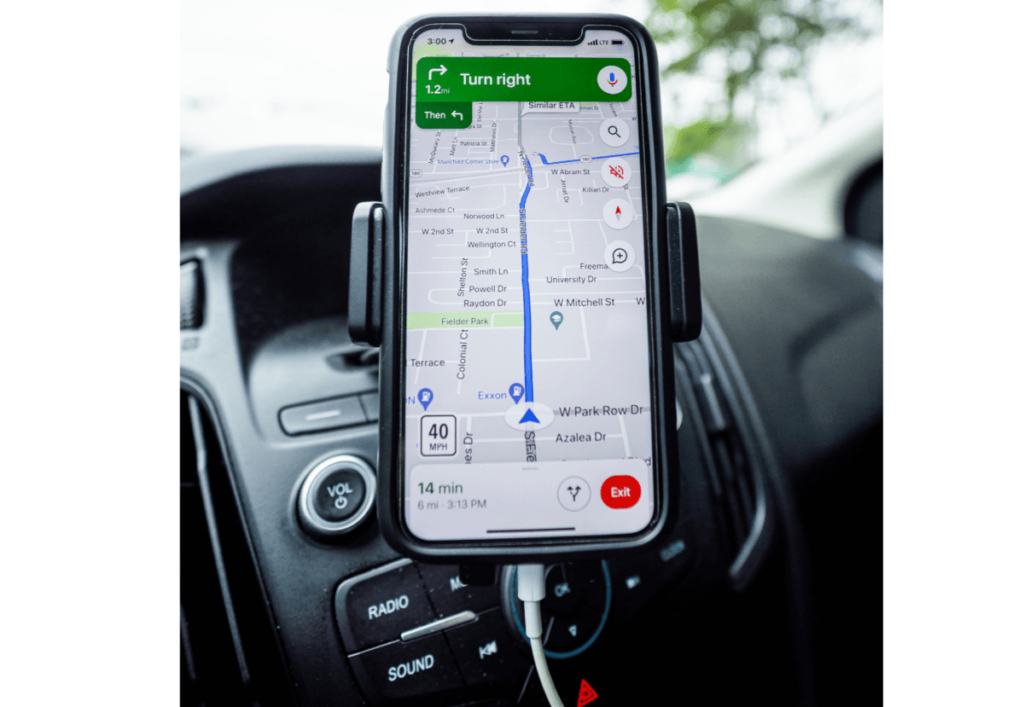
Health and Fitness
There are numerous examples of artificial intelligence in nursing and the medical field as a whole, and it’s obvious why. It may make life easier for physicians and patients by performing tasks at a lower cost and in a shorter amount of time than humans do. And these are far from the only benefits of AI in healthcare.
Wearable devices
Wearable devices—such as fitness trackers and smartwatches—use sensors to capture patient’s health data like heart rate, sleep patterns, oxygen levels, and more. Then AI analyzes this data to paint a holistic picture of your health as well as give personalized recommendations, like taking a longer walk based on your usual activity levels or nudging you to improve your sleep hygiene based on your individual patterns. Upon determining your normal health baselines, AI-driven wearables can identify potential issues early on. For example, they can detect an unusual heart rate spike and prompt you to seek medical attention.
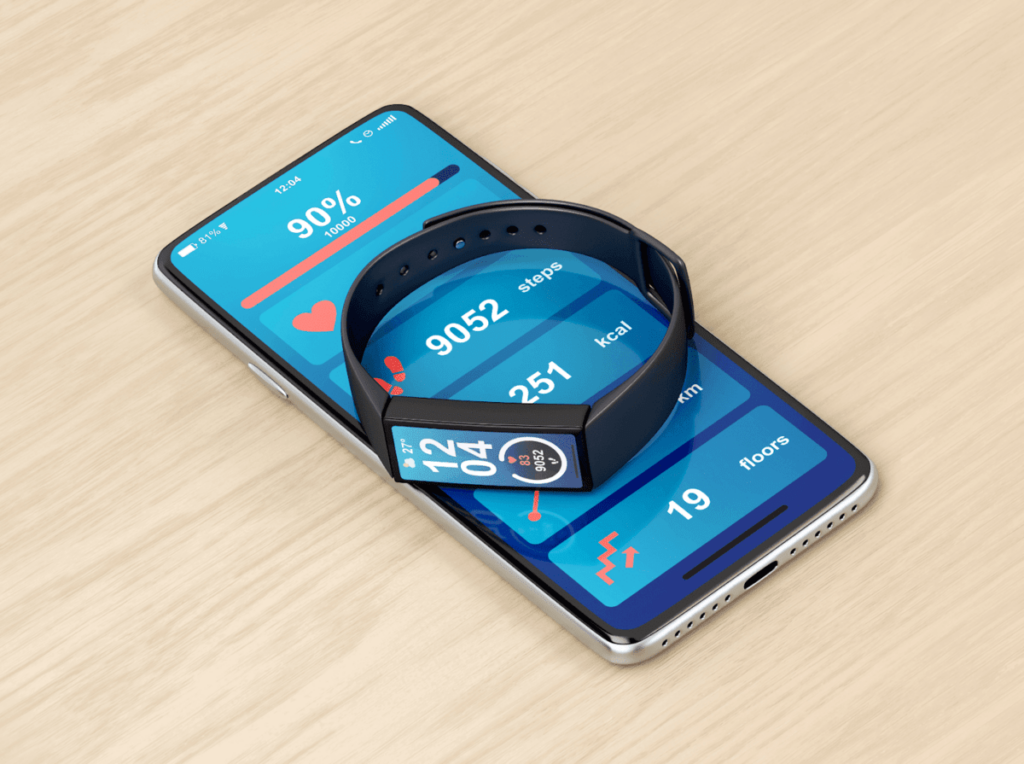
Virtual health assistants
We’ve all interacted with chatbots in healthcare at least once. Most of these bots are practical examples of AI in the workplace, not just in medicine. They have evolved beyond simple programs that give robotic, single-line answers. Modern virtual health assistants powered by ML and NLP can book an appointment with the relevant doctor for you, saving time and frustration. On top of that, healthcare bots can identify symptoms and offer basic medical help. In case it determines serious health problems, it can schedule an appointment for you with a corresponding specialist. Considering the insane popularity of bots, you may find our guide on how to make a chatbot interesting.
Personalized workout recommendations
More than simply tracking steps and calories, modern fitness apps like MyFitnessPal and Fitbit also use artificial intelligence to customize exercise plans. They analyze your:
- Fitness level. By assessing your past activity data, including exercise intensity, duration, and rest periods, AI identifies your current fitness level and offers workout recommendations based on it.
- Goals and preferences. AI tailors workouts to your specific objectives (weight loss, muscle gain, or improved cardiovascular health) and takes into account your preferred exercise types.
- Physical limitations. If you have any injuries or specific needs, AI can customize workouts to avoid stress in sensitive areas while still providing a challenging experience.
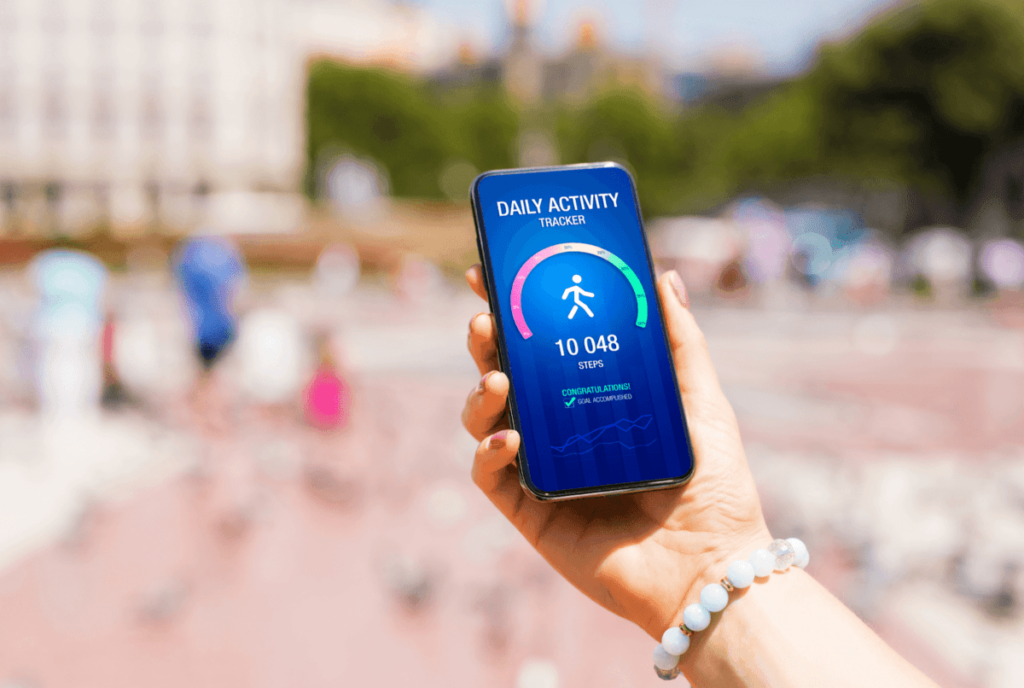
Yet, AI work doesn’t end with it. Unlike static workout plans, these apps continuously adapt to your progress and increase the difficulty of your workouts. If you don’t like certain exercises, you rate them, and the system adjusts your future recommendations accordingly.
E-commerce and Online Shopping
Why have most people shifted to online stores to make purchases? That’s because we can shop anytime and anywhere without restrictions on store hours or geographical location. You can easily find exactly what you’re looking for, even though online stores offer a wider range of products than brick-and-mortar ones. Now let’s see how this convenience of online shopping was multiplied by AI in ecommerce examples.

Chatbots and customer service
Chatbot is the most widespread artificial intelligence application most of us have interacted with. They are very helpful as they can answer our questions (not only basic ones), deliver relevant content, and resolve issues whenever we need it.
If you’ve got an online store and you’re not using artificial intelligence, you’re missing out on great customer experience that could drive bigger profits. That’s why you should at least consider the opportunities AI chatbot development can open for your business.
Product recommendations
Besides voice assistants and bots, artificial intelligence is also largely used to recommend products and personalize search results. Amazon is not the only online retailer that leverages AI to learn what their customers like and recommend products based on their browsing history and past purchases. If you want to enhance customer experience and drive sales like Amazon does, you can learn how to create an AI system and what languages for AI are the best.
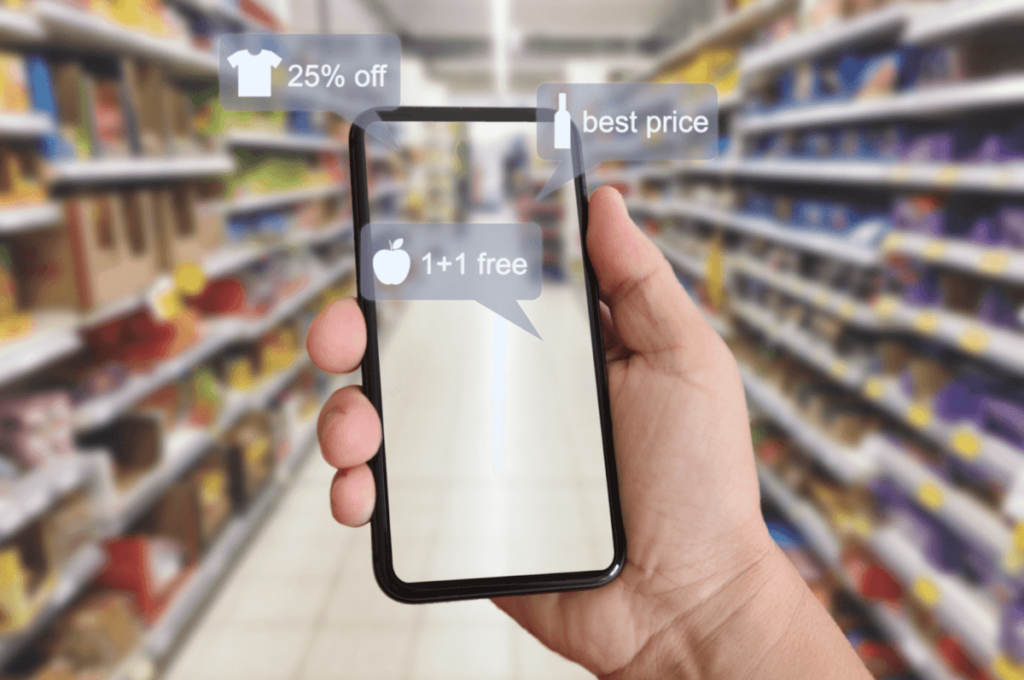
Predictive sales analytics
Artificial intelligence is similarly beneficial for back-end operations of e-commerce websites. With predictive analytics, businesses can predict customer demand and optimize stock levels to avoid costly mistakes like overstocking or stockouts. Automated warehousing and improved logistics are additional benefits of AI in supply chain examples. So, it seems like intelligent technology is behind every process involved in e-commerce and deeply influences our decisions.
Banking and Personal Finance
Who still visits physical banks to transfer money or get account information? Right, mobile apps and artificial intelligence have truly transformed the industry, making online banking so much easier to handle money safely.

Fraud detection
These days, even traditional institutions like banks are using artificial intelligence, specifically machine learning, to protect you from fraud. The AI system learns your spending habits, so it would raise an eyebrow at a sudden $10,000 transfer to an offshore account. It’s not just about big transactions, either. By analyzing countless data points, AI can detect smaller anomalies, like using your card in a different country you’ve never visited before. Those are examples of AI in cyber security, protecting your hard-earned cash from fraudsters 24/7.
Virtual financial advisors
We have a wealth of intelligent applications and software powered by artificial intelligence, acting as financial advisors. They help us organize finances, track investments, and even personalize recommendations based on our goals and risk tolerance. Actually, it’s humanly impossible to analyze and keep track of everything that happens on stock exchanges. So, robo-advisors help us make informed decisions.
Automated customer service
As we have already mentioned, chatbots and automated customer service are common examples of AI in everyday life. The financial industry uses them to handle a large number of customer queries at the same time, 24/7. Thanks to NLP technology, they accurately understand client requests and can perform such tasks as balance checks, transfer funds, and provide information on bank accounts.
Conclusion: The Future of AI in Daily Life
We could argue that artificial intelligence has been quietly transforming our lives for years, from recommending movies and music to personalizing search results and filtering spam. But its true potential is just beginning to blossom. So, no doubt, we’ll see even more examples of AI in everyday life in the near future to make our work and lives even simpler.
The pace at which artificial intelligence technology progresses impresses, with AI trends changing and appearing at breakneck speed. If you want to know how this technology can benefit your particular business and your particular case, our AI engineers would be thrilled to help.
Our core services:
Do you want a price estimate for your project?
Do you know that we helped 200+ companies build web/mobile apps and scale dev teams?
Let's talk about your engineering needs.
Write to us











